Perennial herbs are easy to grow and will come back year after year, giving you a long lasting supply of your favorite herbs.
Some herbs are only perennials in warm climates but they can be planted in pots and moved indoors over winter in cool climates.
Here are 12 low maintenance perennial herbs to plant in your garden. Most of these herbs can be dried or frozen for later use.
This post contains affiliate links. Please read the disclosure for more info.
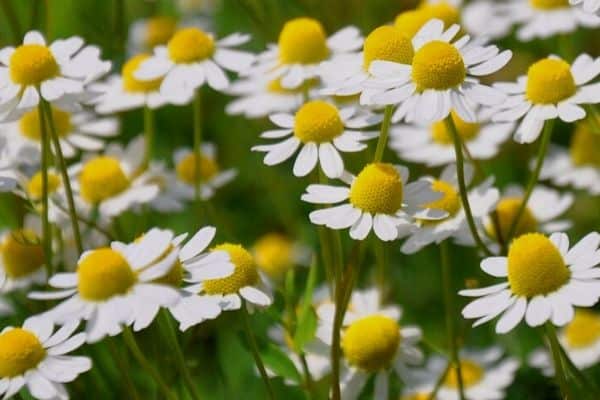
12 PERENNIAL HERBS FOR YOUR HERB GARDEN
1. Mint (Mentha piperita)
is one of the easiest perennial herbs to grow, but it can become invasive, so it’s a good idea to grow it in a pot to keep it contained or cut it back after flowering.I planted mint in my backyard many years ago and it’s still thriving, despite heavy frosts, being mowed down by the lawnmower and generally neglected.
Mint will grow in full sun or partial shade and the leaves can be picked off as you need them.
RELATED: How To Collect & Save Mint Seeds
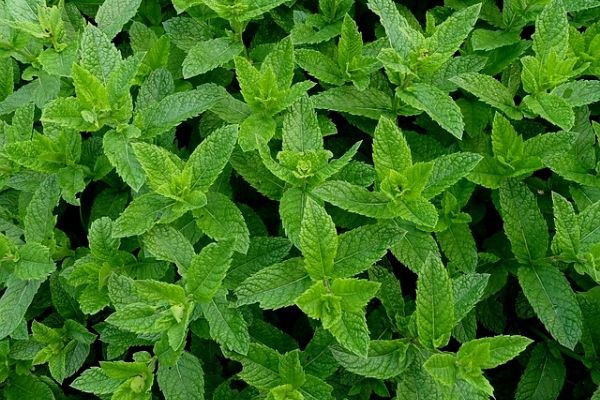
2. Rosemary (Salvia rosmarinus)
Rosemary has leaves that look similar to
pine needles and small blue flowers.
You can cut sprigs of rosemary throughout the year as required and the flowers are also edible.
Rosemary is cold hardy in areas with mild winters but it can also be grown in cold climates if it’s brought indoors over winter.
Rosemary should be cut back after flowering to avoid it becoming woody.
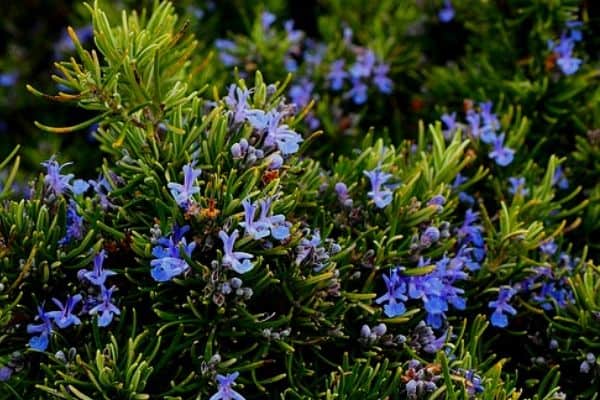
3. Echinacea (Echinacea purpurea)
Echinacea (Purple Coneflower) is one of my favorite perennial
herbs and it’s very easy to grow.
The flower stalks can grow as high as 5 feet (1.5 metres) tall and bloom from summer to early fall. [1]
Echinacea grows well in full sun and is mostly free of pests and diseases.
The leaves and roots can be dried and used to make herbal tea, decoctions and tinctures.

4. Chives (Allium schoenoprasum)
Chives are part of the onion family and
have a mild onion flavor. The flowers are also edible and can be added to
salads.
They’re easy to start from seed and grow fast to form a clump, which will need to be divided every few years.
Chives can also be grown indoors on your kitchen windowsill where you can snip off a few leaves and add them to omelettes, mashed potatoes or soups.

5. Lavender (Lavendula)
Lavender is one of the prettiest and most fragrant perennial
herbs.
English Lavender is best suited to cool climates, but other varieties of Lavender will tolerate hot temperatures and humidity.
Lavender can be grown from seeds or cuttings and when it’s ready to harvest it can be used to make flower arrangements or dried to make tea, essential oils or lavender sachets.

6. Oregano (Origanum vulgare)
Oregano is part of the mint family and it’s a Mediterranean
herb, so it grows best in warm sunny climates.
The stems can be snipped off and the leaves added to sauces or soups.
Oregano should be cut back in fall and covered with thick mulch to protect the plant from frost and snow over winter.
It can also be grown indoors from seeds or cuttings.
RELATED: How To Use Oregano Flowers
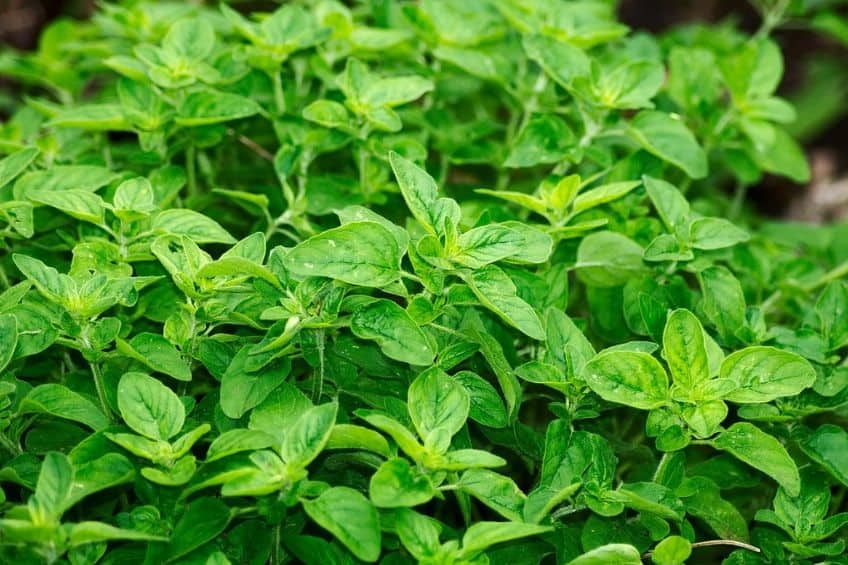
7. Lemon Balm (Melissa officinalis)
Lemon Balm is similar in appearance to mint, with lemon
scented leaves and small white flowers.
It can reach 1 to 3 feet (30 to 90 cm) tall and spread out to 3 feet (90 cm) wide.
To avoid Lemon Balm becoming invasive, remove the flowers when they first appear so that the seeds can’t spread.
Lemon Balm is commonly used to make a refreshing tea and it can also add a lemony flavor to recipes.
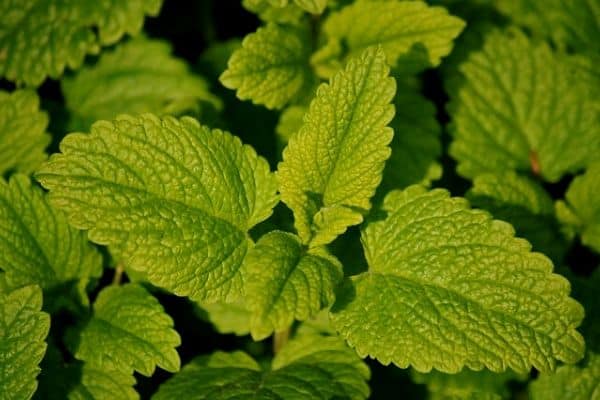
8. Sage (Salvia officinalis)
Sage is another popular perennial herb that is often added to
sausages and meat dishes.
In warm areas with mild winters, sage will grow as a perennial but in cool climates it’s grown as an annual.
Sage can be cut back after flowering and covered with mulch to help it survive the winter months.
Pruning also prevents the plant becoming woody and encourages new growth.

9. Chamomile (Matricaria recutita)
Chamomile is an easy to grow perennial herb with beautiful
daisy like flowers.
It’s drought tolerant and will grow in full sun or partial shade.
Once Chamomile plants are established in your garden, they need very little ongoing maintenance.
Chamomile flowers can be dried and used to make herbal tea.

10. Thyme (Thymus vulgaris)
Thyme is a fast growing perennial herb that can be used as a
ground cover.
It grows best in full sun and can reach 15 inches (38 cm) in height. [2]
Thyme doesn’t like overly wet or waterlogged soil, so it needs to be planted in soil with good drainage.
Thyme is often added to meat, tomato or pasta dishes.
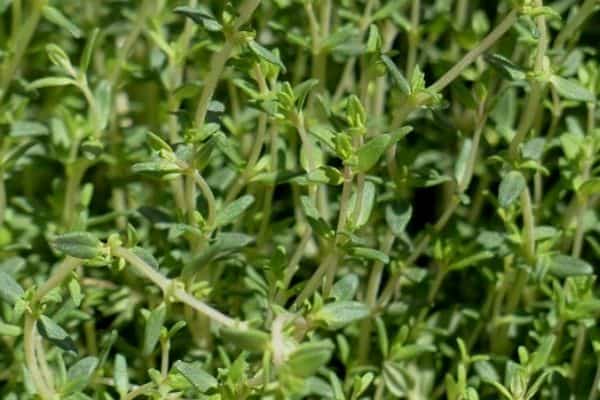
11. Lemongrass (Cymbopogon citratus)
Lemongrass is popular in Asian cuisine and has a citrus
flavor that works well in stir fries and soups.
It’s a sub-tropical plant that doesn’t tolerate freezing temperatures, so if you live in a cool climate it’s best to grow it in a pot and bring it indoors over winter.
Lemongrass can be grown from seed or by dividing a clump. It also roots well in water.

12. Catnip (Nepeta cataria)
Catnip is best known for
having a euphoric
or calming effect on cats but it can also be consumed as a tea.
It grows 3 to 4 feet (90 to 120 cm) high and can easily spread and take over the garden if it’s left to grow out of control.
If you plant catnip you’re likely to have lots of neighbourhood cats visiting your yard, so you may want to grow it in a pot indoors.

So there are 12 easy to grow perennial herbs that you can add to your herb garden.
RELATED ARTICLES
Have you tried growing any of these herbs? Let me know in the comments below.
Are you on Pinterest? I have boards dedicated to Herb Gardening and Gardening Ideas that you may enjoy. You can also find me on Facebook.



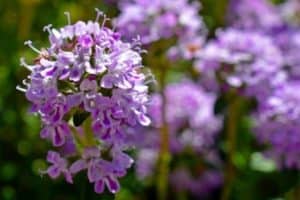

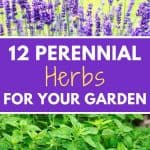
We grow mint, lavender, and rosemary in our yard more so for the smells that each brings. I love the smell of rosemary and we often use that in cooking. Mint we have traditionally used in iced tea or drinks that we might make during the summer. I’ve wanted to grow echinacea for some time now so maybe next year I will give that one a go!
We’ve grown a few herbs in the garden over the years. I love to smell them as I walk past. I once had lemon-scented thyme right at my front door. Every time I passed it, I ran my hand through it. It was lovely.
This is great! This year I started an herb garden for the first time in years and realized that I had forgotten about how nice it was to cook with fresh herbs and make my own teas. I only had 4 herbs this year, but I’m interested in taking it a step up next year! I’ll have to look back on this to pick a few more.
This post is making me ready for Spring to arrive! I’m already planning my garden and what additions I’ll add to it this year. Perennials are my go to so that you do not have to replace every year. I’ll be adding potted fresh mint (so it doesn’t take over my yard).
I’m a huge fan of ALL these 12 herbs, but lavender, rosemary, and sage are my favs and I have them in the house at all times! I use it for cooking, making teas and cleaning the vibe in the house! Love this list!!
My mum grew Thyme, Rosemary and Lemongrass in her herb garden many years ago. It was interesting when she’d say ‘Go out to the garden and pluck out two Rosemarys.’ I was so confused why should would use it to cook. Great post.
Lovely herb plants. It must be so nice to have them all in your garden. Loved seeing and reading.
I did not know that Chamomile had the daisy-like flower! I wonder if I have come across it before and had no idea it was an herb! I think I would love to grow chamomile and lavender just because they add so much beauty. But probably, especially with Lavender, it would not go over so well in Florida. I know you said there are some varieties that do okay in heat and humidity but I don’t do so well with plants for some reason.